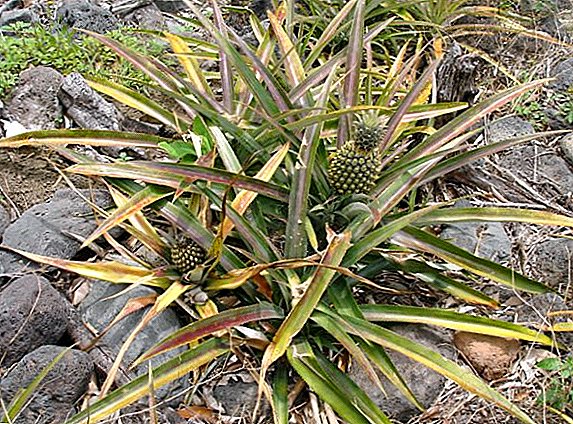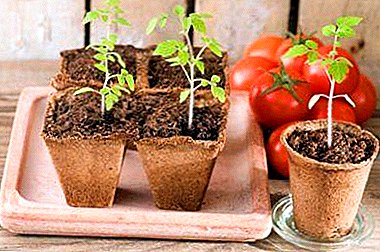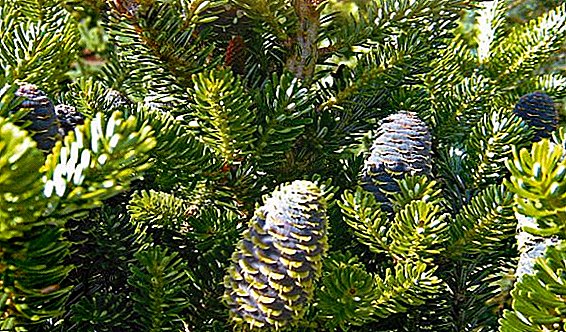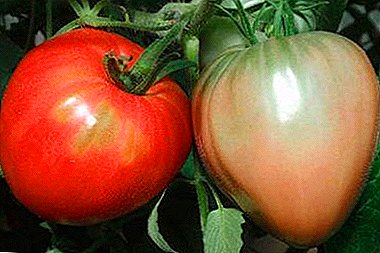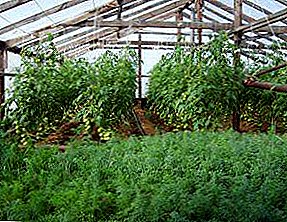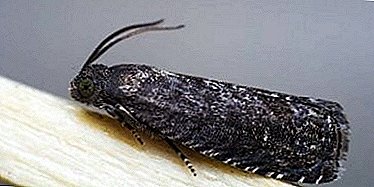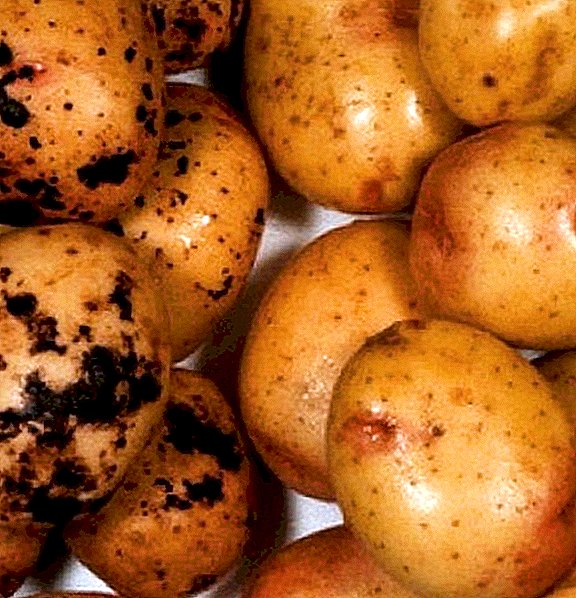 White cabbage is an important component of proper and balanced nutrition of each person. This vegetable has gained its popularity primarily due to the fact that it contains a lot of useful trace elements and vitamins (A, B1, B2, C). Therefore, it is not surprising that cabbage is a constant guest on the beds of our summer residents. This article will help to understand all the nuances of planting cabbage in open ground seedlings, as well as tell you how to care for the seedlings so that you can harvest a good and tasty harvest from your own beds already in the early summer.
White cabbage is an important component of proper and balanced nutrition of each person. This vegetable has gained its popularity primarily due to the fact that it contains a lot of useful trace elements and vitamins (A, B1, B2, C). Therefore, it is not surprising that cabbage is a constant guest on the beds of our summer residents. This article will help to understand all the nuances of planting cabbage in open ground seedlings, as well as tell you how to care for the seedlings so that you can harvest a good and tasty harvest from your own beds already in the early summer.
Choosing the best grade
When deciding on planting this vegetable, it should be remembered that the key to success is a properly selected variety. Cabbage is widely used by our housewives for various culinary delights: salads, borscht, pickling and fermentation for the winter. That is why it is worth paying attention that it can be early ripe, mid-ripe and late ripe.
Did you know? Fresh cabbage leaves reduce pain with radiculitis, rheumatism, they are applied to the temples with a headache.
Earlier varieties have very thin and crunchy leaves - you can enjoy them in mid-June. While mid-season and late-ripening varieties are very good for salting and long-term storage. Their heads are usually denser and larger.
Landing dates
The first question that naturally arises among gardeners: when is it worth planting cabbage in open ground? Planting dates are rather vague and vary depending on the plant variety.
Seedlings of early varieties can begin to sow in early March, as soon as the air temperature rises over 5 degrees. For later vegetable varieties, the optimum landing time will be April. It should be remembered that it takes about two months from the first emergence of seedlings to transplanting to the ground - no less.
Rassadny way also grown: Savoy cabbage, eggplant, tomatoes, zucchini, turnips and peppers.
Sowing seeds
It is possible to sow seeds in any capacity convenient for you, having previously treated it with a weak solution of copper sulphate in order to avoid infection with fungal diseases.

Capacity and soil for planting
When preparing the ground for future seedlings, several important rules must be followed. The main and most important - in no case can not use the soil from the site, since there is a high probability of damage to seedlings of various diseases already in the initial stages of development.
It is very important to protect the seedlings from pests of cabbage, one of which is aphid.
Therefore, the substrate must be prepared from purchased ingredients: turf soil, sand and peat (in proportions of 1: 1: 1). Before sowing seeds, be sure to treat the ground with a solution of potassium permanganate. As an antiseptic it is also possible to use wood ash: 1 tbsp. spoon per 1 kg of soil.
Seeding technology
In order to increase the immunity of the seed to fungal diseases, it is recommended to perform one simple but very effective manipulation before planting them. Seeds must be boiled in water with a temperature of up to 50 degrees for 20-25 minutes. After it is necessary to immerse them in cold water, let them cool down and only then plant them into the prepared and pre-moistened soil to a depth of 1-1.5 cm.
Important! There are varieties of cabbage, which is strictly prohibited to wet! Carefully read the instructions attached to the seed.
It is desirable to cover the container with seeding with cling film or polyethylene to maintain optimum humidity and temperature (within 20 degrees).
Seedling care
In order for you to grow strong and healthy seedlings, it is necessary to carefully control the whole process: from planting seeds and picking seedlings into the ground.
Important! Periodically loosen the ground in the seed container to enrich the soil with oxygen.
One of the main conditions for cabbage sprouts is good lighting. It often happens that daylight is not enough.
In this case, it is necessary to highlight the seedlings with an ordinary fluorescent lamp for 10-12 hours a day.
Cabbage - moisture-loving vegetable. So do not forget about regular watering shoots.
Also important point is the feeding of plants. On average, in two months of sprouting the sprouts, it is necessary to carry out three complete supplements: 7, 14 and 50 days after planting. Complex fertilizer can be bought in the store, and you can cook yourself. To do this, mix in a container 2 g of potash fertilizer and 4 g of superphosphate per liter of water.
For dressing cabbage is not necessary to buy fertilizer, you can also use folk remedies.

Important! Do not make the nutrient solution too concentrated - you can burn the delicate roots of young plants.
Formation of beds
Having grown seedlings, it would not be superfluous to ask how it is right to plant cabbage in open ground. For this you need to prepare a plot since autumn: properly dig up and level the ground with a rake. Good cabbage precursors are legumes, potatoes, and grains. At one place cabbage should not be grown for more than 2-3 years in a row.
Did you know? From the XVII century in Russia appeared its patroness of cabbage - Arina-nursery. The peasants tried on the day of Arina's nursery, on May 18 in a new style, to plant cabbage. It promised a good harvest.It is desirable to form the holes at a distance of 20-25 centimeters from each other, as for cabbage for full growth you need a lot of space and light.

Transplanting
Each recess for the germ should be pre-fertilized with a solution of peat, humus and wood ash, as well as pour plenty of water. Seedlings deepen into the hole to the first pair of leaves and sprinkle them on top with dry earth, pressing lightly.
Did you know? Already in the XV-X centuries BC, cabbage was widely cultivated in ancient Egypt.
To plant sprouts preferably in cloudy weather or in the afternoon towards the evening. At first, to avoid sunburn, seedlings should be pritenyat. In order for the cabbage to get acclimatized, it is necessary to spray it from the watering can several times a day in the first week after planting.
Following all these simple rules, you will be able to plant white cabbage for seedlings without any problems, and in the coming months you will be able to proudly please yourself and your household with this crisp and juicy vegetable.


